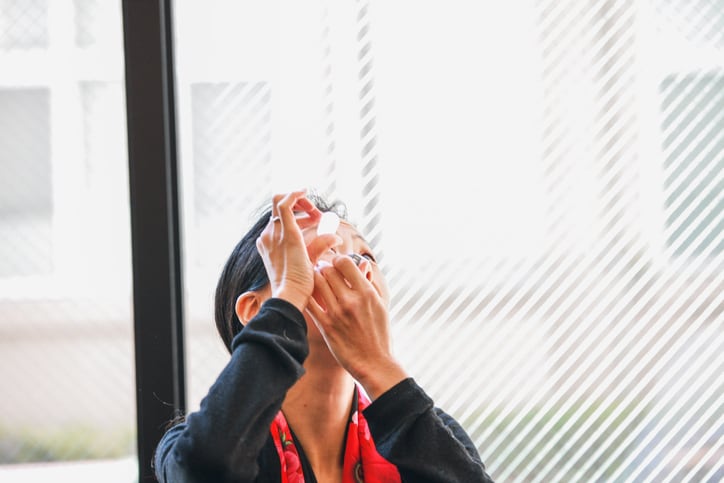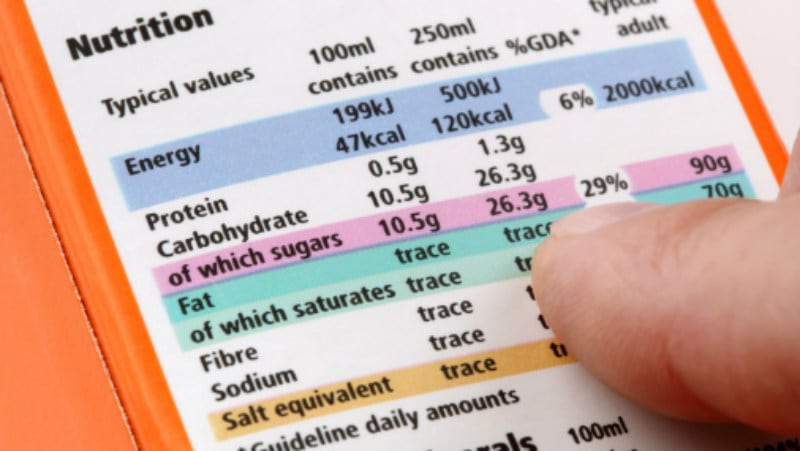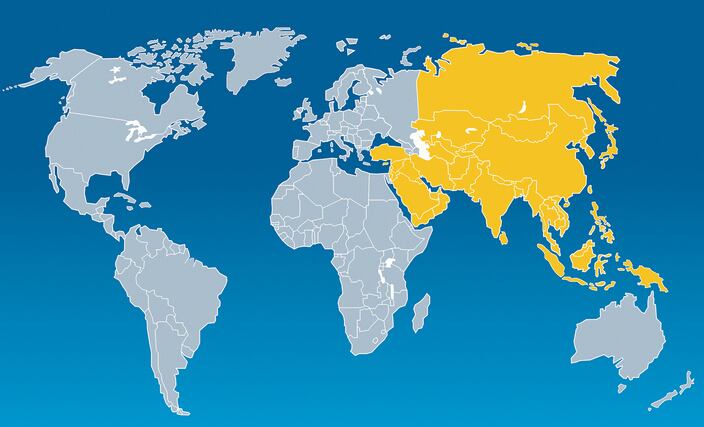Dry eye disease (DED) is characterised by chronic inflammation of the ocular surface, resulting in ocular discomfort and visual disturbance.
Around one in 10 Koreans is affected by the condition and the common choice of treatment these days is the use of steroid eye drops.
On the other hand, meibomian gland dysfunction (MGD), is marked by the inflammation and clogging of small glands in the eyelids that produce the oily layer of tears. When the glands are clogged, less of the oil is secreted into the tear film.
In this study, it was shown that individuals on a high dose DHA omega-3 supplement saw improvements in tear breakup time (TBUT) – which is assesses the amount of time taken for a dry spot to appear on the cornea after a complete blink.
A TBUT of more than 10 seconds is considered normal, while those between five- and 10-seconds marginal, and those with less than five seconds have a poor tear film.
Findings of the RCT were recently published in the International Journal of Ophthalmology.
“High dose omega-3 supplementation shows a beneficial therapeutic effect relative to placebo for MGD and TBUT after eight weeks of treatment.
“Our findings suggest that when adjunctive taking of high dose DHA omega-3 dietary supplements for eight weeks, it could obtain additional therapeutic effect in TBUT and MGD by improving tear film stability and meibomian gland function,” said the researchers.
Study design
A total of 50 subjects over the age of 18 participated in this study during December 2017 and September 2019. All of them had experienced symptoms of DED and meibomian gland dysfunction (MGD) – characterised by instability of the tear film.
They were then randomised into the intervention group and placebo group.
The former was required to take an omega-3 supplement, known as Easyeye Dry, produced by Korea CNS Pharm and was also administered with a 0.5 per cent carboxymethyl cellulose eyedrops per day.
The supplement was a capsule containing 300mg of EPA and 820mg of DHA. They were supposed to take two capsules per day for eight weeks.
The placebo group also used the eye drops but took a placebo supplement containing 1,500mg of olive oil per capsule. They were required to take two capsules each day.
Their conditions were then examined again during week four and eight of the trial, where their TBUT, tear secretion, and MGD score were assessed.
The lower the MGD score, the better the condition.
A questionnaire assessing their ocular surface disease index was also given to the participants. This questionnaire comprises 12 questions and evaluates the frequency of symptoms over the week.
Similarly, the lower the scores, the lower the severity of the problem.
Results
Findings showed that the intervention group had more significant improvement than the placebo group in their TBUT.
The TBUT of the intervention group increased from the baseline of 4.13±0.85 seconds to 5.58±1.21 seconds during week four of the study.
This further increased to 6.00±1.62 seconds by the end of the study.
The TBUT of the placebo group saw a bigger improvement between week one and four. Less improvements were seen between week four and eight of the trial.
For instance, their TBUT had increased from 3.75±0.79 seconds to 5.25±1.29 seconds between week one and four, but only increase marginally to 5.08±1.28 seconds by week eight.
On the other hand, the MGD score – which measures oil glands dysfunction – was only significantly reduced in the intervention group by the end of the study.
In the intervention group, the MGD score was 8.7±1.5 at the baseline and significantly reduced to 7.2±1.8 by the end of the study.
As for the placebo, no significant difference was seen, with the MGD score reduced slightly from 8.6±1.4 at the baseline to 8.1±2.6 by the end of the study.
Lastly, OSDI had significantly reduced in both groups by the end of the treatment, with the intervention group achieving a score of 24.3±4.2 and the placebo a score of 25.0±4.0.
“Our study also showed markedly the improvement of MGD score and TBUT in omega-3 treatment group contained with high dose DHA in MGD. This means that high dose omega-3 supplementation contained with high dosage of DHA affect additional therapeutic effect in MGD.
“In conclusion, the eight weeks treatment of high dose DHA omega-3 and placebo supplementation improving the signs and symptoms of DED with MGD,” the researchers concluded.
Source: International Journal of Ophthalmology.
Effects of dietary high dose DHA omega-3 supplement in dry eye with meibomian gland dysfunction
Authors: Yeon Ji Jo et al





